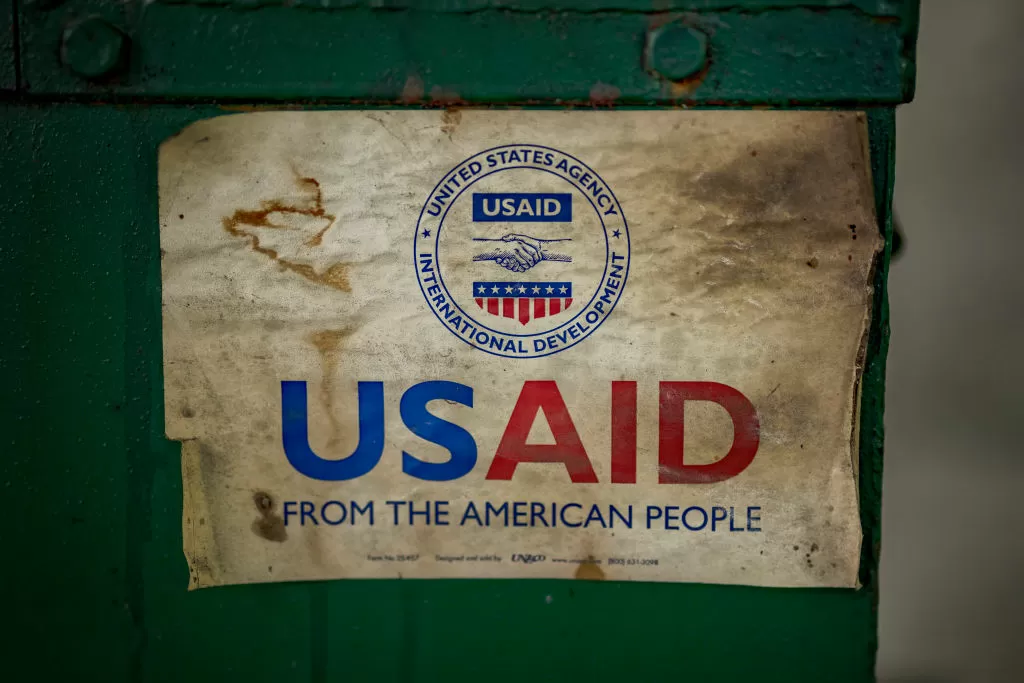The Trump Administration’s Cuts: A Call to Reevaluate Aid
The recent announcement of the Trump Administration’s proposed budget cuts has sparked widespread concern and outrage. Many fear that these cuts will have dire consequences for the most vulnerable members of our society, including children, the elderly, and those living in poverty. And while it is important to acknowledge and address these potential consequences, we must also take a step back and consider the real downsides of aid.
First and foremost, it is crucial to recognize that aid, while well-intentioned, is not a long-term solution to poverty and other societal issues. In fact, studies have shown that aid can often perpetuate a cycle of dependency and hinder economic growth in developing countries. By providing handouts instead of promoting self-sufficiency and sustainable development, aid can create a sense of entitlement and discourage individuals from taking control of their own lives.
Furthermore, aid can also have negative effects on local economies. When foreign aid floods into a country, it can disrupt the local market and drive down prices for goods and services. This can have a devastating impact on small businesses and farmers who are unable to compete with the artificially low prices of aid-funded goods. In the long run, this can lead to a decline in local industries and a reliance on foreign aid.
Another downside of aid is the potential for corruption and mismanagement. Unfortunately, there have been numerous cases where aid money has been misused or embezzled by corrupt officials. This not only undermines the effectiveness of aid, but it also erodes public trust and can damage the relationship between donor countries and the recipients of aid.
So while the Trump Administration’s proposed cuts may have negative consequences, it is important to remember that aid is not a perfect solution. Instead, we must use this opportunity to reevaluate our approach to aid and find more sustainable and effective ways to address poverty and other societal issues.
One potential solution is to shift the focus from aid to investment. By investing in local businesses and infrastructure, we can create jobs and stimulate economic growth in developing countries. This not only empowers individuals to lift themselves out of poverty, but it also creates a more stable and self-sufficient society.
Additionally, we must prioritize accountability and transparency in aid distribution. This means working closely with local communities and organizations to ensure that aid is reaching those who truly need it and is being used effectively. By involving local stakeholders in the decision-making process, we can also promote ownership and sustainability of aid projects.
Moreover, we must also recognize the importance of education and empowerment in breaking the cycle of poverty. Instead of simply providing aid, we should focus on equipping individuals with the skills and knowledge they need to improve their own lives. This can include initiatives such as vocational training, financial literacy programs, and access to education.
In conclusion, while the Trump Administration’s proposed cuts may have negative consequences, we must not ignore the real downsides of aid. Instead, we must use this opportunity to reevaluate our approach and find more sustainable and effective ways to address poverty and other societal issues. By shifting the focus from aid to investment, promoting accountability and transparency, and prioritizing education and empowerment, we can create a brighter future for all. Let us use this moment to come together and find solutions that truly make a difference.


